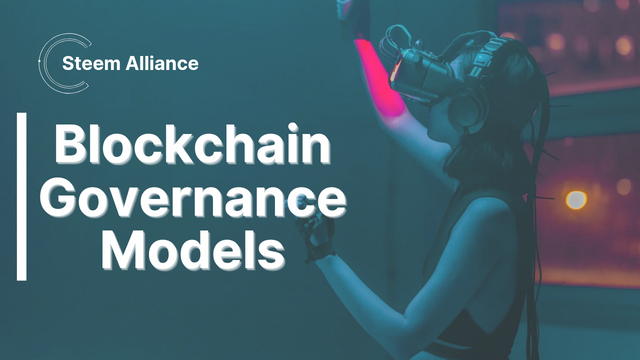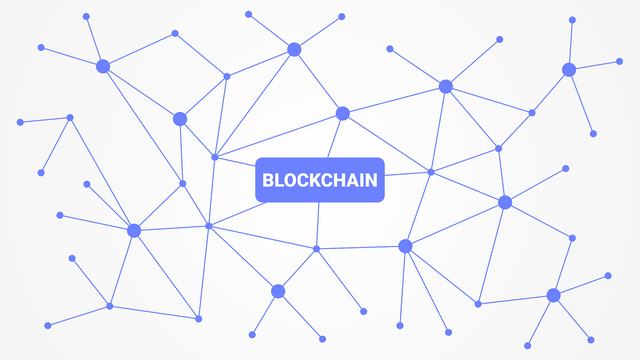Understanding Different Blockchain Governance Models
Blockchain technology has always been famous for its lack of centralization. It works by distributing decision making among the participants instead of using traditional centralized structures. In this article I will discuss different blockchain governance models along with the methods, advantages and disadvantages.

There are different types of blockchain governance models which are given below:
- Consensus Mechanisms
- On Chain Governance
- Off Chain Governance
- Hybrid Governance
Consensus Mechanisms
There are different consensus mechanisms but I will be discussing a few ones which are famous and well known world wide.
Proof of Work: Proof of work is famous consensus. Bitcoin uses this consensus. In this model the miners validate transactions. They make the network secure by solving complex mathematical problems. Proof of work is a strong consensus mechanisms. Proof of work consumes a lot of energy.
Proof of Stake: Proof of stake governance mechanism is another important governance model. The validators in this model are selected based on the staked tokens. It is energy friendly consensus mechanism. But the problem is that the wealthier members can take control in decision making.
On Chain Governance
There are some on chain blockchain governance models. These are given below:
Token Voting: In this on chain governance model the proposals are voted on by the users through their staked amount of tokens. The more they gave the staked tokens the more value their vote has. Ethereum Improvement Proposals in the Ethereum blockchain use this approach for the decision making.
Decentralized Autonomous Organizations: In this governance model the decisions are executed automatically by smart contracts. Smart contracts use predefined set of rules and conditions. Decentralized autonomous organizations help in the autonomous decisions when the specific conditions are fulfilled. It also has some regulatory challenges and issues.
Off Chain Governance
There are several off chain governance models of the blockchain. These are given below:
Unofficial Governance: Decision making arises from consensus among people who are often in internet forums or communities of practice. Informal governance is the main driver of Bitcoin development, with developers and miners indicating their commitment to protocol changes.
Institution-based Governance: Foundations are sometimes created by blockchain projects to oversee development and funding. Such foundations act as custodians for the vision and resources of a project, but they may have some conflicts of interest because they are centralized.
Hybrid Governance

There are hybrid governance models as well for the blockchain working.
- Tezos: On chain voting combined with amendment process based on off chain governance. While token holders can vote on protocol upgrades. There is a systematic approach to ensure feedback from the community as well as input from developers who possess different levels of skills.
Challenges and Considerations
- Scalability: Different Mechanisms used for the blockchain governance should be updated continuously according to the growth of the users. So that maximum users can participate efficiently in the blockchain.
- Safety: It is important to secure governance processes against manipulation by bad actors who could compromise decisions made through them.
- Alignment of incentives: In order to ensure the effective governance all the stakeholders should be kept in mind. The developers, miners and investors should be kept in view while making any decision.
Future of Blockchain Governance Models
Experimentation: The blockchain sector continues to grow and change rapidly. Blockchain is adopting methods of government. Innovations in the blockchain are constantly emerging.
Interoperability: The presence of multiple blockchain networks means that interoperability will be key in enabling cross chain governance and cooperation.
Conclusion
Models of blockchain governance provide different ways to distribute decision making power and involve communities in it. Although it faces different problems the ongoing experimentation and collaboration in the blockchain governance will create stronger systems for governing blockchains. It will become more sustainable and reliable over time. The continuous updates are making the governance models acceptable in the whole world.
X Permotion
https://twitter.com/shabbir_saghar/status/1786014738096247011?t=P1kzaL_W8wW_65telOfZ8w&s=19
Upvoted! Thank you for supporting witness @jswit.
Note:- ✅
Regards,
@jueco